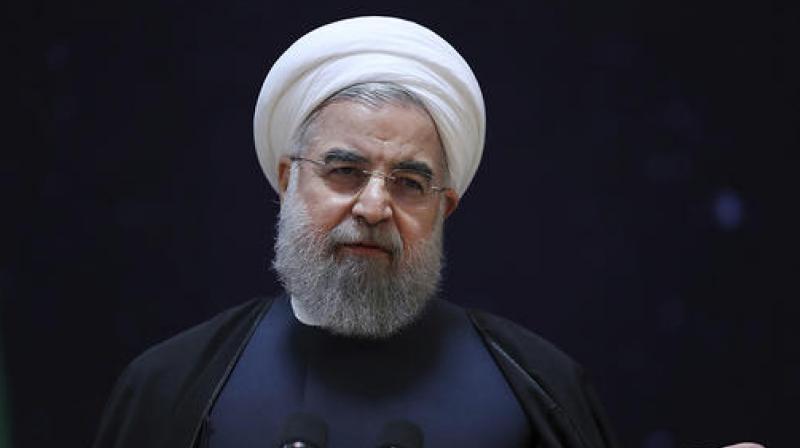Global terror attacks down; Iran tops 'state sponsor terrorism': US report

Washington: US State Department said Wednesday that global terror incidents and deaths fell last year, while it maintained its designation of Iran as the top "state sponsor of terrorism."
In its annual country-by-country assessment of terrorism worldwide, the department pinpointed Islamic jihadist groups Islamic State Al-Qaeda and the Taliban as the leading culprits for terror attacks.
But it said overall attacks had fallen nine percent last year from 2015, and deaths were down 13 percent.
More than half of the attacks took place in Iraq, Afghanistan, India, Pakistan and the Philippines, said the department's acting coordinator for counterterrorism, Justin Siberell. Attacks and deaths were up notably in Iraq, Somalia and Turkey.
The report said a common thread for many of the terror attacks last year "was adherence to violent extremist ideology put forth by a fundamentalist strain of Sunni Islam that perceives itself to be under attack by the West and in conflict with other branches of Islam."
At the same time, predominantly Shiite Iran was again officially dubbed the leading state sponsor of terrorism. The report cited its longstanding support for the powerful Lebanese Shiite movement Hezbollah, a US-designated terror organization.
- Fighters dispersing -
The report cited Hezbollah's support of Syrian President Bashar al-Assad with troops and supplies as well as its attacks on Israeli soldiers along the Lebanon-Israel border.
In addition, the report said Iran "remained unwilling" to put on trial senior Qaeda members whom it has detained.
"Since at least 2009, Iran has allowed Al-Qaeda facilitators to operate a core facilitation pipeline through the country, enabling Al-Qaeda to move funds and fighters to South Asia and Syria," it said.
Siberell gave no reason for the decline in attacks, but noted the rising pressure last year from coalition forces on the Islamic State group in its Syria and Iraq strongholds.
But as Islamic State loses territory, he said, its fighters and sympathizers are dispersing, and the threat of attacks elsewhere -- in new IS locations, and in the IS fighters' home countries -- is on the rise.
"Another feature of the terrorism landscape in 2016 -- and this is a continuation of what we saw in 2014 and 2015 -- is the exploitation by terrorist groups of ungoverned territory and conflict zones to establish safe havens from which to expand their reach," said Siberell.
After its expansion to the Libyan coastal city of Sirte last year, Somalia, Yemen, northeastern Nigeria, portions of the Sinai Peninsula, the Afghanistan-Pakistan border regions and portions of the Philippines have become "safe-haven environments" for IS fighters, the report said.

